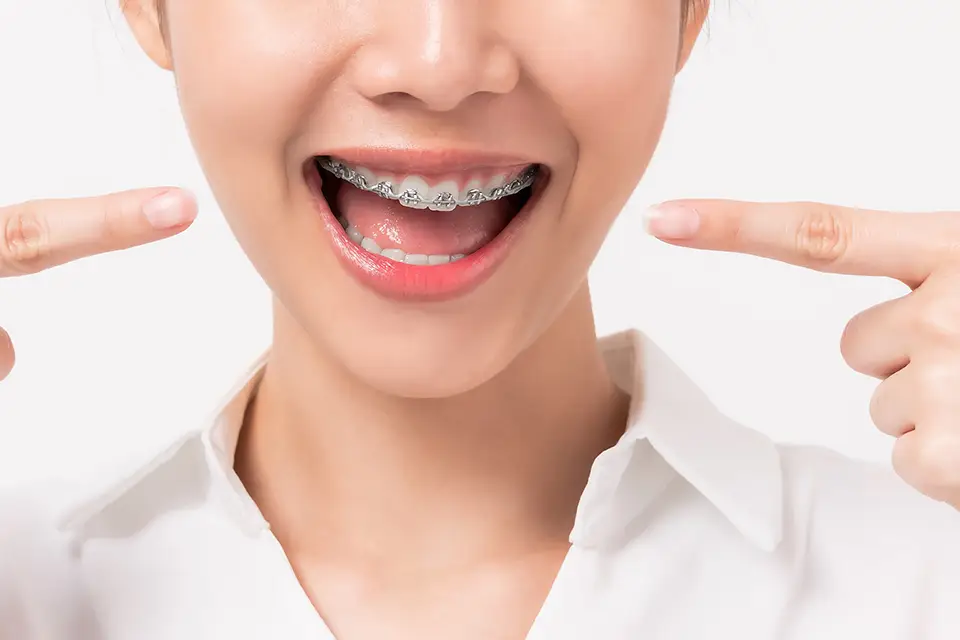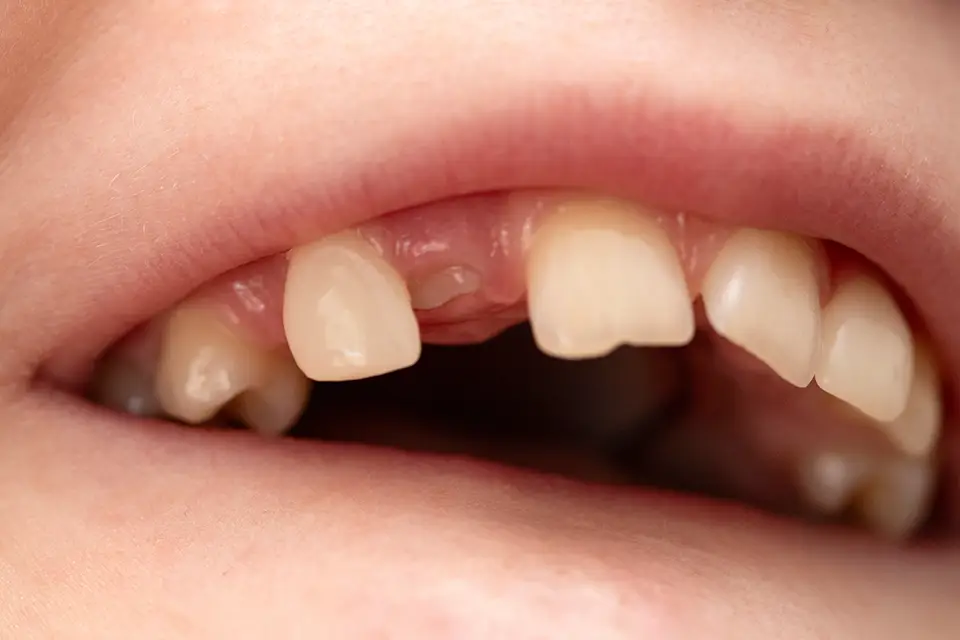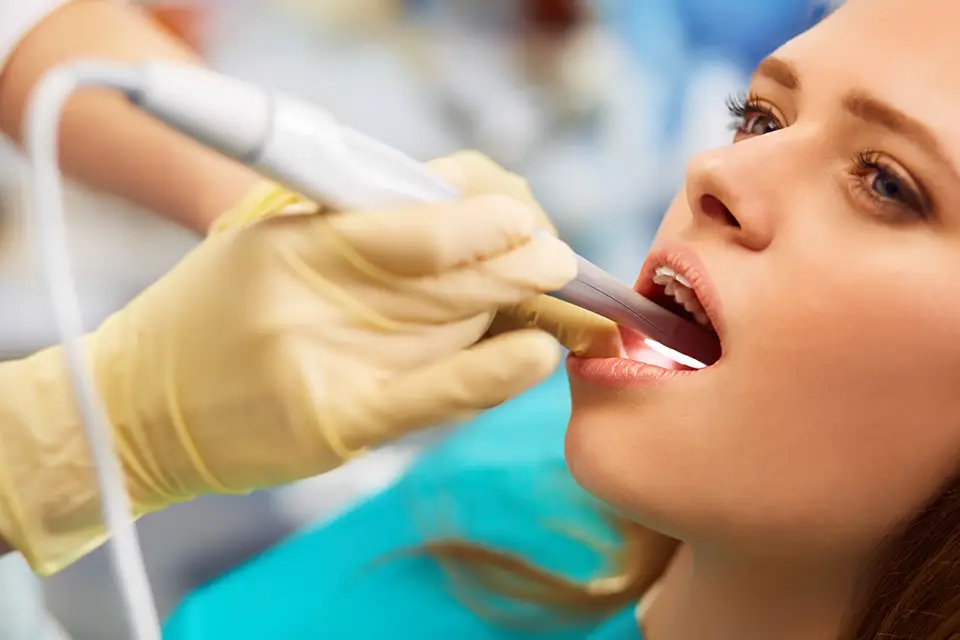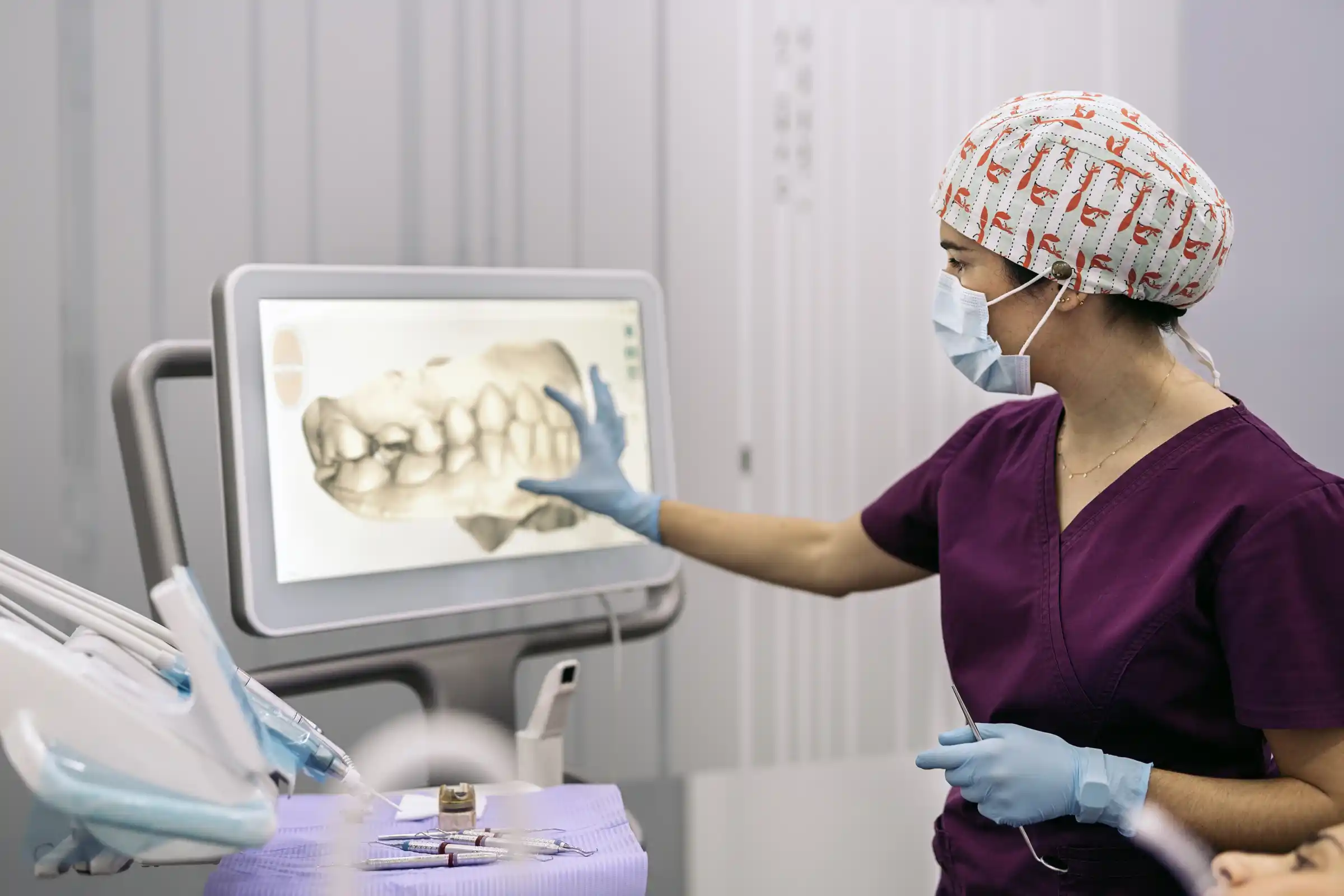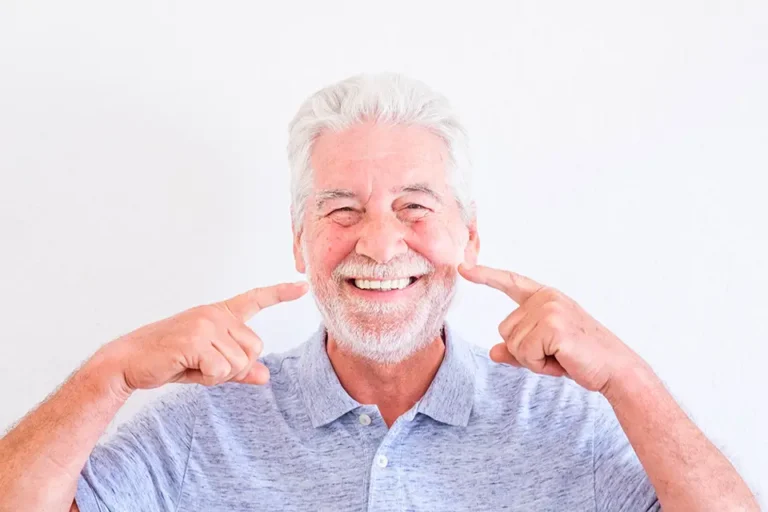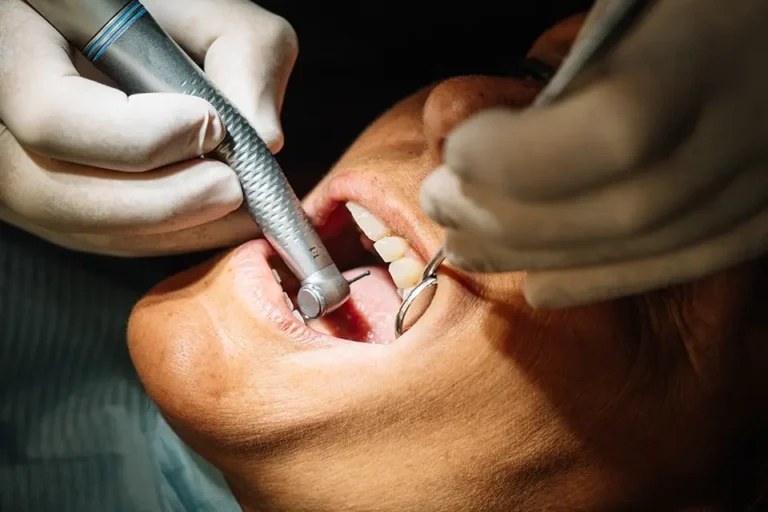What Are the Benefits of Technology in Dentistry?
Technology in dentistry is one of the most significant contributors to the development of modern-day dentistry. It has made it possible for dentists to operate with higher accuracy and less discomfort for the patient while minimizing pain, risk, and post-procedure problems. Adults and children equally benefit from technological advancements in reducing anxiety and fear.
How Is Technology Used in Dentistry?
Due to increased financing and international cooperation, technology is progressing exponentially. These developments will allow dental practitioners to keep improving the patient experience.
The following are some of the significant game-changers:
Artificial Intelligence (AI)
Dentists currently use technologies to gather insights into clinical decision-making. These methods will continue to evolve to incorporate AI algorithms that allow dentists to find the best treatment options for their patients.
According to 2019 research, dental medicine will enter a new stage of digitalization. This is due to the exponential growth in health data and the development of healthcare AI. These intelligent algorithms can improve the healthcare system by offering real-time data. They examine health data, research results, and treatment procedures. This allows them to make diagnostic and therapeutic suggestions for patients.
VELscope
A dentist will beam a specific kind of light into a patient’s mouth to look for anomalies. This innovative technology helps identify the early stages of disease or cancer during oral cancer screening.
Digital X-Rays
Making an impression for a crown or bridge no longer requires biting down on that sticky, slimy, and unpleasant substance, thanks to new 3D imaging technology.
Thousands of various three-dimensional pictures of a patient’s mouth are generated in seconds. It aids dentists in providing more precise diagnoses and efficient treatments.
Invisalign : Technology in Dentistry
Invisalign is clear, nearly invisible braces that may softly straighten your teeth. They are an efficient and straightforward approach to straightening your teeth without the burden of wearing heavy, metal braces.
In addition, removing Invisalign braces for cleaning is simple, and these aligners have no food restrictions. As a result, they complete the task more quickly and with less trouble.
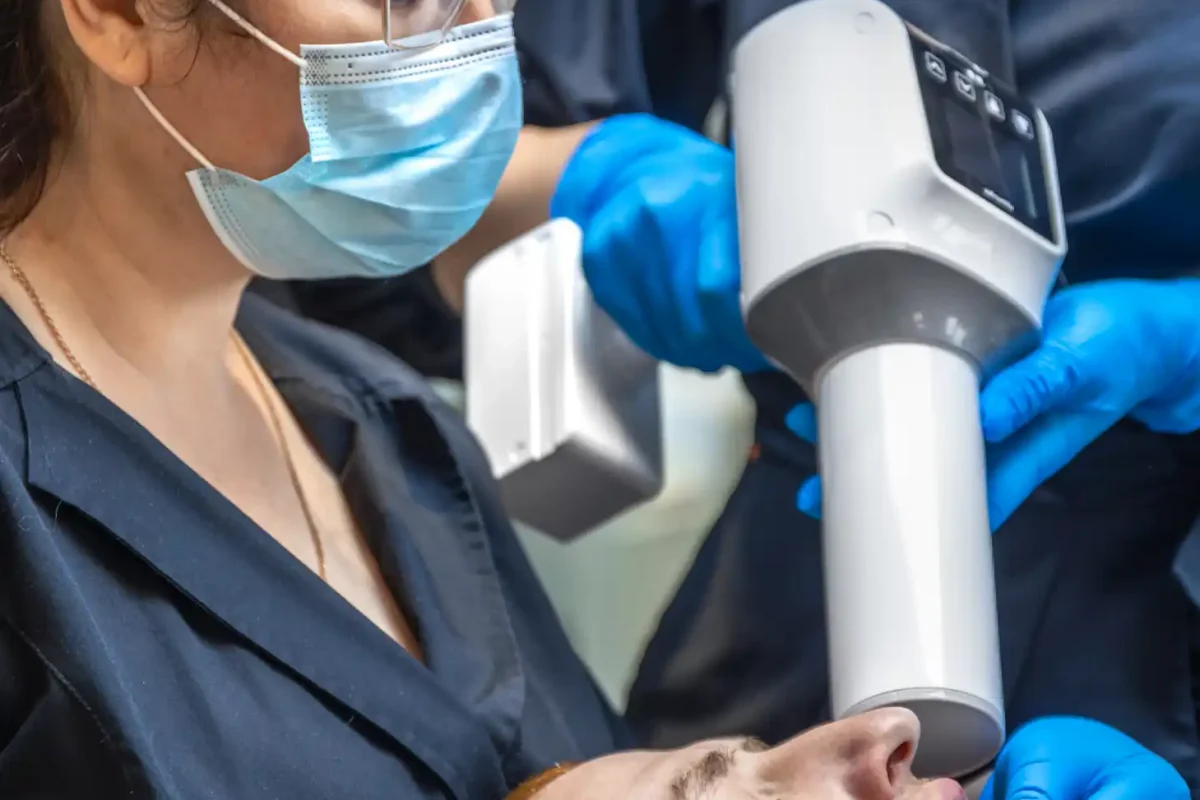
Intraoral Camera
Dentists use an intraoral camera to take accurate, clear images of difficult-to-see areas inside a patient’s mouth. The camera also enables the dentist to examine and educate the patient’s requirements while showing these photos to the patient.
With this modern technology, dentists can examine your mouth thoroughly and determine what kind of dental care you require.
Biocompatible Materials: Technology in Dentistry
Thanks to technological advancements, it is now feasible to create long-lasting restorations that match the color of natural teeth while removing less dental structure.
Although several techniques, like silver fillings, are still in use today, composite fillings offer a more attractive and natural-looking alternative.
Laser Dentistry
Using lasers to fill cavities, lessen tooth sensitivity, remove tumors, and whiten teeth, among other dental operations, increases efficiency and reduces pain.
In addition, to prevent more complications or issues, laser dentistry is quick, painless, and capable of effectively eliminating germs while the process is being done.
DIAGNOdent
Dentists utilize this brand-new, cutting-edge tool to locate cavities that are hidden where standard X-rays can’t reach.
This tool saves you from having to spend more money later on if the cavities progress and expand. Moreover, it guarantees that your mouth has been properly examined for early indicators of cavities.
Sedating : Technology in Dentistry
One of the fundamental advancements achieved in dentistry clinics is sedation. Three more recent dental sedation techniques are available, each with a common Novocaine medication to numb certain parts of the mouth.
- Oral sedation with pills that creates a dream-like condition in the patient.
- Nitrous oxide, sometimes called laughing gas, induces relaxation when breathed through a small mask.
- IV sedation maintains a continuous flow of intravenous medication and keeps the patient quiet and sleepy during the procedure.
Utilizing 3D Printers to Make Dentures
Digital radiography and 3D imaging are now considered industry standards for dental care in the twenty-first century. In contrast to polyvinyl siloxane and rubber base impressions, using an intraoral scanner with digital data for 3D dental impressions for a dental crown is now typical.
Furthermore, adjusting the alignment of teeth and fabricating crowns and veneers can be costly. Today, dentists employ 3D printing to make crowns and dentures more affordable. Furthermore, 3D dentures are more quickly produced than traditional ones utilizing impressions.
Don’t allow dental phobia to hold you back. When you experience our innovative, stress-free care at Zara Dental, you won’t believe how far dentistry has gone. So if you live in Houston, Texas, don’t hesitate to call us immediately!



